Rhodochrosite
Rhodochrosite is a mineral that is typically pink or reddish in color, and is sometimes found in combination with other colors like white, gray, or brown.
It is almost always used for jewellery, or sold as mineral specimens – the purest forms are a gorgeous red, but it is often found in pinks, browns, and greys due to impurities.
It is often banded, and quite a lot of people refer to it as ‘bacon rock’ due to the white and pink stripes.
Showing all 8 results
-
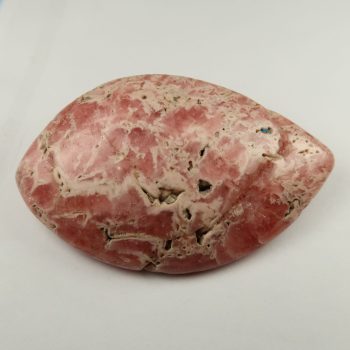
Rhodochrosite – polished slices
£7.50 – £8.50 -
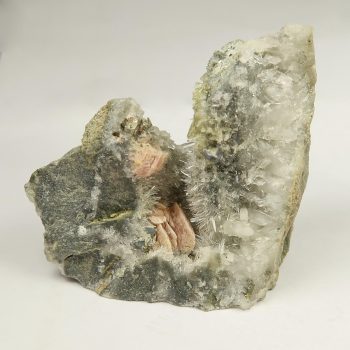
Rhodochrosite and Quartz specimens
£18.00 – £35.00 -
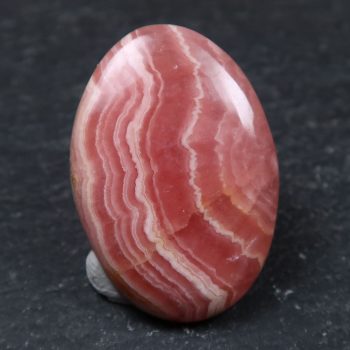
Rhodochrosite Cabochons
£2.50 – £23.00 -
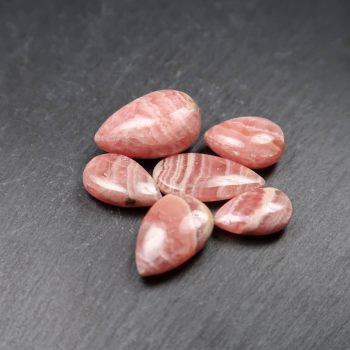
Rhodochrosite Features
£9.95 -
New
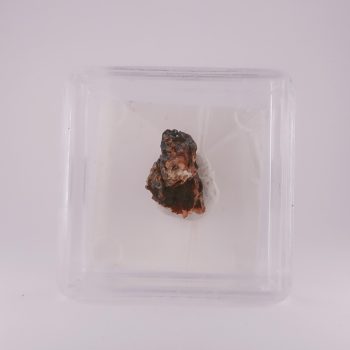
Rhodochrosite from Burdell Gill, Cumbria
£10.00 -
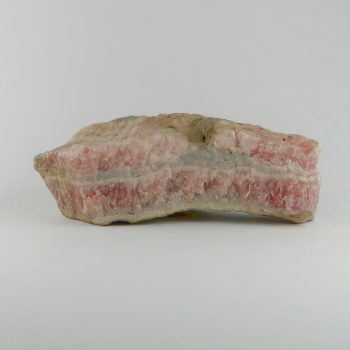
Rhodochrosite from Capillitas Mine, Argentina
£1.00 – £15.00 -
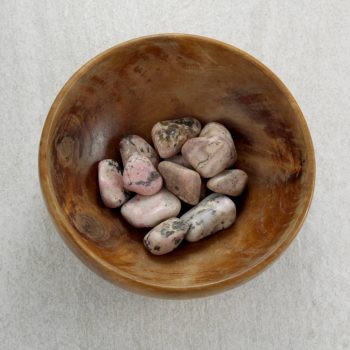
Rhodochrosite Tumblestones
£5.00 – £12.00 -
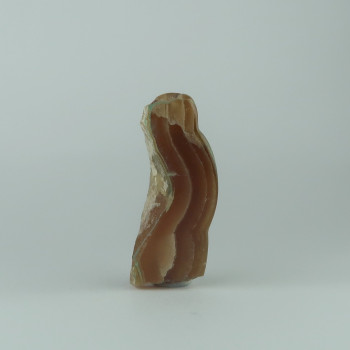
Rhodochrosite var. Capillitite from Capillitas Mining District, Argentina
£10.00
Information about Rhodochrosite
Appearance
A bright pink or red mineral often similar in appearance to Rhodonite.
Uses and History
Rhodochrosite is primarily used as an ore of manganese, a metallic element which is used in the manufacturing of stainless steel and some aluminium alloys.
Banded specimens are often cut and polished, both for carvings and for jewellery. It is rarely faceted due to its softness.
Rhodochrosite was named in 1813 by Johann Friedrich Ludwig Hausmann from the Greek words ρόδο, ‘rose’, and χρώς, ‘colour’.
Rhodochrosite is Argentinas natural gemstone and the state gemstone of Colorado.
Mineralogy
Hazards and Warnings
Contains manganese – exposure to dust should be avoided.
Mineral collectors should wash their hands after handling specimens, to avoid any exposure to potential toxins.
Almost all rocks, minerals (and, frankly, almost all other substances on earth) can produce toxic dust when cutting, which can cause serious respiratory conditions including silicosis.
When cutting or polishing rocks, minerals, shells, etc, all work should be done wet to minimise the dust, and a suitable respirator or extraction system should be used.
Translations
Arabic:
- رودوكروزيت
Hindi:
- रोडोक्रोसाइट
Portuguese:
Bengali:
- রোডোক্রোসাইট
Indonesian:
Punjabi:
English:
- rhodochrosite
- ‘inca rose’
Italian:
Russian:
- Родохрозит
French:
Japanese:
- 菱錳鉱
- ロードクロサイト
Spanish:
- Rodocrosita
- ‘rosa del inca’
German:
Korean:
- 로도크로사이트
Thai:
- โรโดโครไซต์
Gujurati:
- रोडोक्रोसाइट
Mandarin Chinese:
- 菱锰矿
Urdu:
